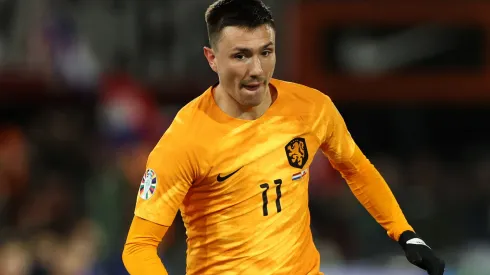The Netherlands, affectionately known as Oranje (Orange), is renowned worldwide not only for their skillful play but also for their distinctive choice of color: orange. This tradition dates back to the late 16th century when the Dutch fought for independence from Spanish rule. The House of Orange-Nassau, represented by the color orange, played a significant role in this struggle and became a symbol of Dutch unity and defiance. Over time, orange evolved into a national color associated with patriotism and pride.
In the realm of soccer, the tradition of wearing orange began in earnest in the early 20th century. The Dutch Football Association (KNVB) officially adopted orange as the team’s primary color, reflecting the nation’s historical roots and cultural identity. The choice was more than symbolic; it was a statement of solidarity and identity on the international stage.
The iconic orange jersey has since become synonymous with the Dutch national team, adorning legends of the game such as Johan Cruyff, Marco van Basten, and Ruud Gullit.
More on the Netherlands Orange kit
Beyond its historical and cultural significance, the color orange also holds practical advantages. In the early days of televised matches, the vibrant hue made the Dutch team instantly recognizable amidst a sea of more conventional colors worn by other national teams.
Moreover, the color has taken on a deeper meaning within Dutch society. During major tournaments, such as the FIFA World Cup and UEFA European Championship, the nation unites in a sea of orange as fans proudly display their support for the team.
Streets are adorned with orange flags, houses are decorated with orange banners, and even traditional Dutch foods are dyed orange in celebration.
